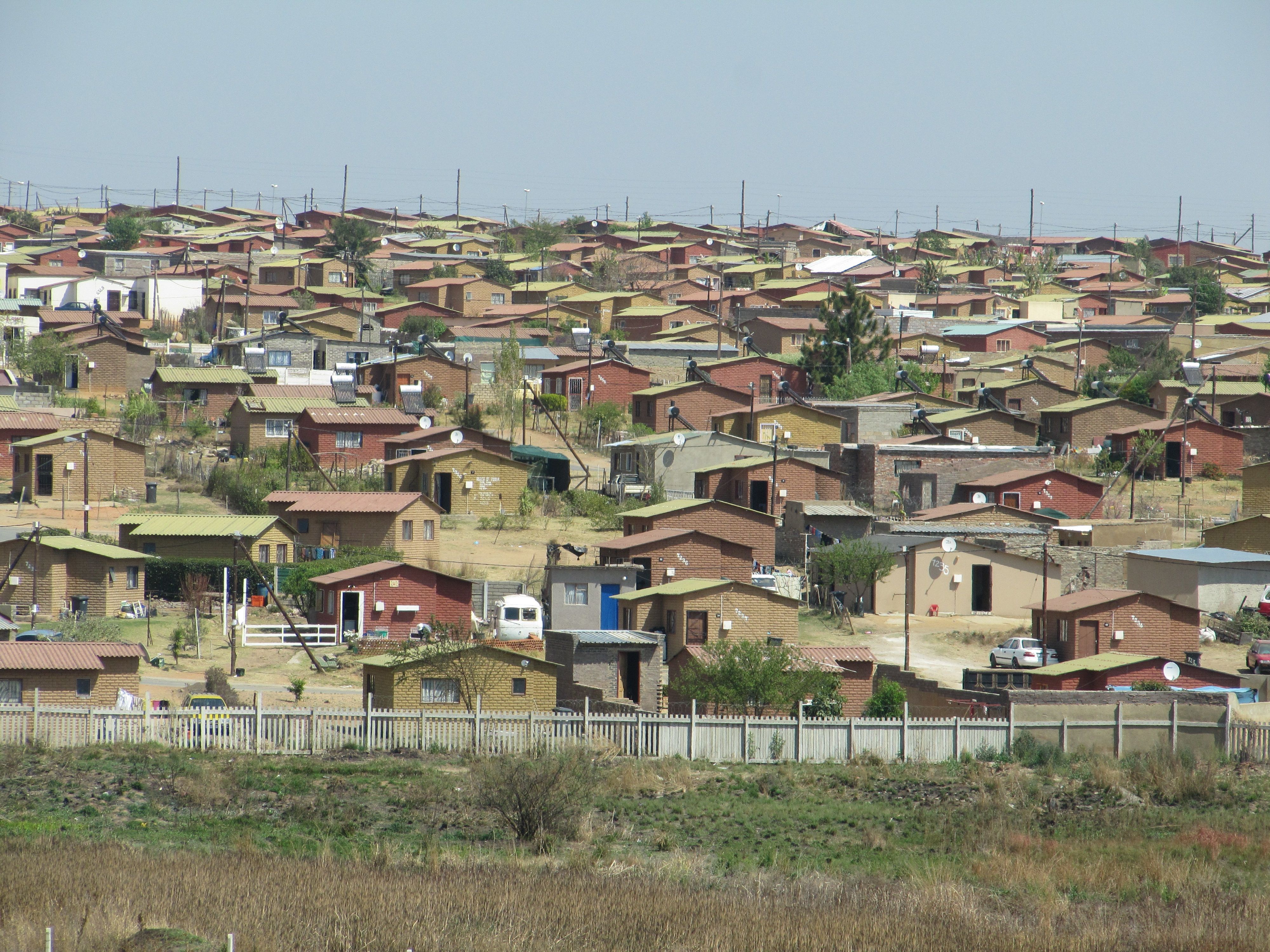Centre for Affordable Housing Finance in Africa, Housing Finance in Africa. A review of some of Africa’s housing finance markets, Yearbook 2017 (Johannesburg: CAHF, 2017), 18.
For meticulous detail on diverse urban transitions across Africa, see: OECD/AfDB/UNDP, African Economic Outlook 2016: Sustainable Cities and Structural Transformation (Paris: OECD Publishing, 2016).
Tatiana Adeline Thieme, “The hustle economy: Informality, uncertainty and the geographies of getting by,” Progress in Human Geography, vol. 42, 4 (2017): 529–548.
More detail is explored here: Edgar Pieterse, “Grasping the unknowable: Coming to terms with African urbanisms”, in Edgar Pieterse and AbdouMaliq Simone eds., Rogue Urbanism: Emergent African Cities (Johannesburg: Jacana, 2013).
These works are particularly insightful on these dynamics: Sylvy Jaglin, “Regulating service delivery in southern cities: rethinking urban heterogeneity,” in Susan Parnell and Sophie Oldfield eds., The Routledge Handbook on Cities of the Global South (Routledge: London, 2014); Sylvy Jaglin, “Is the Network Challenged by the Pragmatic Turn in African Cities? Urban Transition and Hybrid Delivery Configurations,” in Olivier Coutard and Jonathan Rutherford eds., Beyond the Networked City: Infrastructure reconfigurations and urban change in the North and South (Routledge: London, 2016).
Edgar Pieterse, “The Politics of Governing African Urban Spaces,” International Development Policy vol. 10 (2018): 26–52.
This argument is set out more fully in: AbdouMaliq Simone and Edgar Pieterse, New Urban Worlds. Inhabiting Dissonant Times (Cambridge: Polity Press, 2017).
